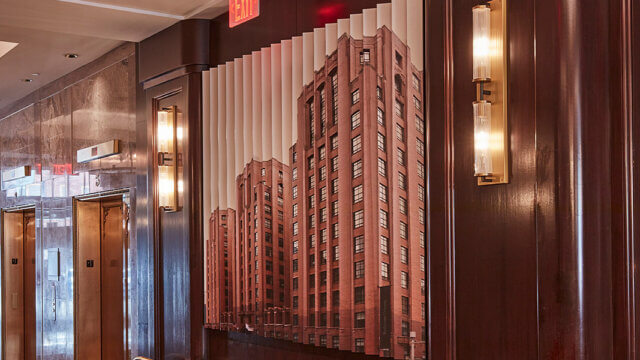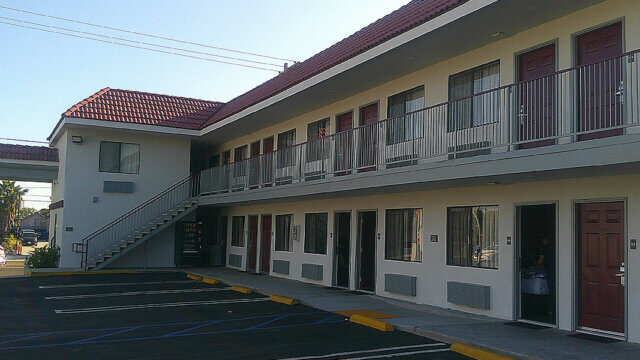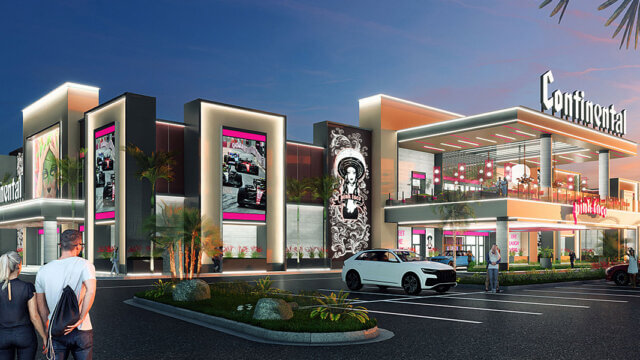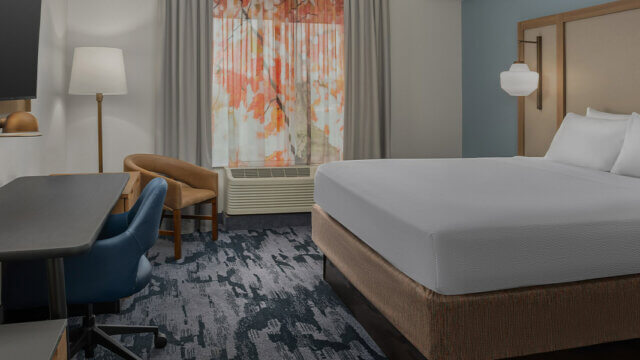NATIONAL REPORT—The total amount of capital expenditures (CapEx) for the U.S. lodging industry is forecast to exceed the 2017 record level of $6.85 billion, increasing about 3% to $7.05 billion, according to Bjorn Hanson, industry consultant and adjunct professor with the New York University School of Professional Studies Jonathan M. Tisch Center for Hospitality & Tourism.
2018 capital expenditures will be approximately $1,350 per available room, the same as 2017, despite general increases in the costs of labor and materials for capital projects.
U.S. lodging industry RevPAR is expected to increase around 3% for 2018, so capital expenditures per room will increase about the same percent as RevPAR (the increase per room is lower than the increase for the industry because of additions to room supply in 2018 of almost 2%.) Last year, capital expenditures increased between 25-30% more than the percent increase in RevPAR.
Capital expenditures are costs incurred with the purchase and installation of capital assets to maintain and enhance hotels. For example, wallcovering and carpeting are generally included as capital expenditures, but painting generally is not. New construction, room additions, and major construction to convert a hotel to a significantly different property are not included as capital expenditures for this analysis. The cost of many new brand standards, such as redesigned lobbies, new equipment and construction for enhanced breakfast offerings, converting tub/shower combinations to walk-in showers, and equipment to increase high speed internet capacity are capital expenditures.
Priorities for 2018 and 2019 include the following:
- Enhanced breakfast offerings, requiring new equipment, and new space design and decoration
- Enhanced and sometimes increased size of fitness centers
- Increased high-speed internet capacity
These represent fewer new initiatives and programs than in recent years.
Newer and more expensive capital expenditure programs required by many brands announced in the past several years, many of which are still being installed or implemented include the following:
- New lobby designs and concepts, including eliminating traditional front desks, creating seating and congregation areas, and adding small retail areas, large-screen televisions and workstations
- Replacing tub/shower units with walk-in showers, usually for king bedrooms
- Increasing high-speed internet capacity—typical costs are $30,000 to $50,000 per hotel (2018 amounts)
- RFID electronic card key systems—typical costs are $250 to $750 per available room
- New guestroom designs
Changes to brand standards and brand-required enhancements are contributing to less of the capital expenditures increase than in recent years. This seems to be based on two factors:
Brands are recognizing that RevPAR is increasing about 3%, but payroll and related costs, real estate taxes, and interest rates are increasing much more. Despite the highest occupancy since the early 1980s, industry average daily rate is increasing only a little more than the long-term average (increasing about 2.5% this year compared to the long term average or 2-2.5%). This, combined with higher expenses, is resulting in operating cash flow increases that are small compared with past high occupancy periods and are disappointing to many owners. Brands are responding to these owner concerns by generally not requiring expensive new capital expenditure requirements.
There have been numerous changes and increases in brand standards and record capital expenditures in recent years; therefore, the U.S. room inventory may be in the best condition ever, so there is less need for capital expenditures.
A trend that became significant in recent years and that continues to influence capital expenditures is social media comments for individual hotels and for brands about property condition, amenities, design and services.
A larger than average amount of capital expenditure is being allocated based on owner and manager decisions about what is needed for individual hotels rather than mandates from brands.
Other examples of capital expenditure priorities include improved facilities, amenities and services:
- Redesigned lobbies
- New room designs
- Increased high-speed internet capacity/bandwidth in lobbies, guestrooms, meeting rooms and food and beverage outlets
- New restaurant, food and beverage and service concepts
- New or enhanced in-room amenities, including irons/ironing boards, coffeemakers, upgraded radio/alarm clocks/sound systems, iPads, and art and decoration packages
- Larger flat-screen televisions
- Technology, including upgraded revenue management and property management systems, life safety systems, and equipment to support social media initiatives
- Upgrading audio/visual (A/V) equipment for meeting and function rooms, although the trend is for outsourcing those services (hotels receive commissions, typically 50%)
Most brand and independent management company management contracts establish a percent of revenue either to be invested in a reserve for capital replacement fund or to be spent in the current year on capital items. These percentages of gross revenue are typically 3-5% after stabilization for a new hotel, generally three years for limited-service hotels and five years for full-service hotels, after a hotel is placed in service. Most of the increase in capital expenditures this year will be based on and consistent with the percent of gross revenue funding level at the property level.




